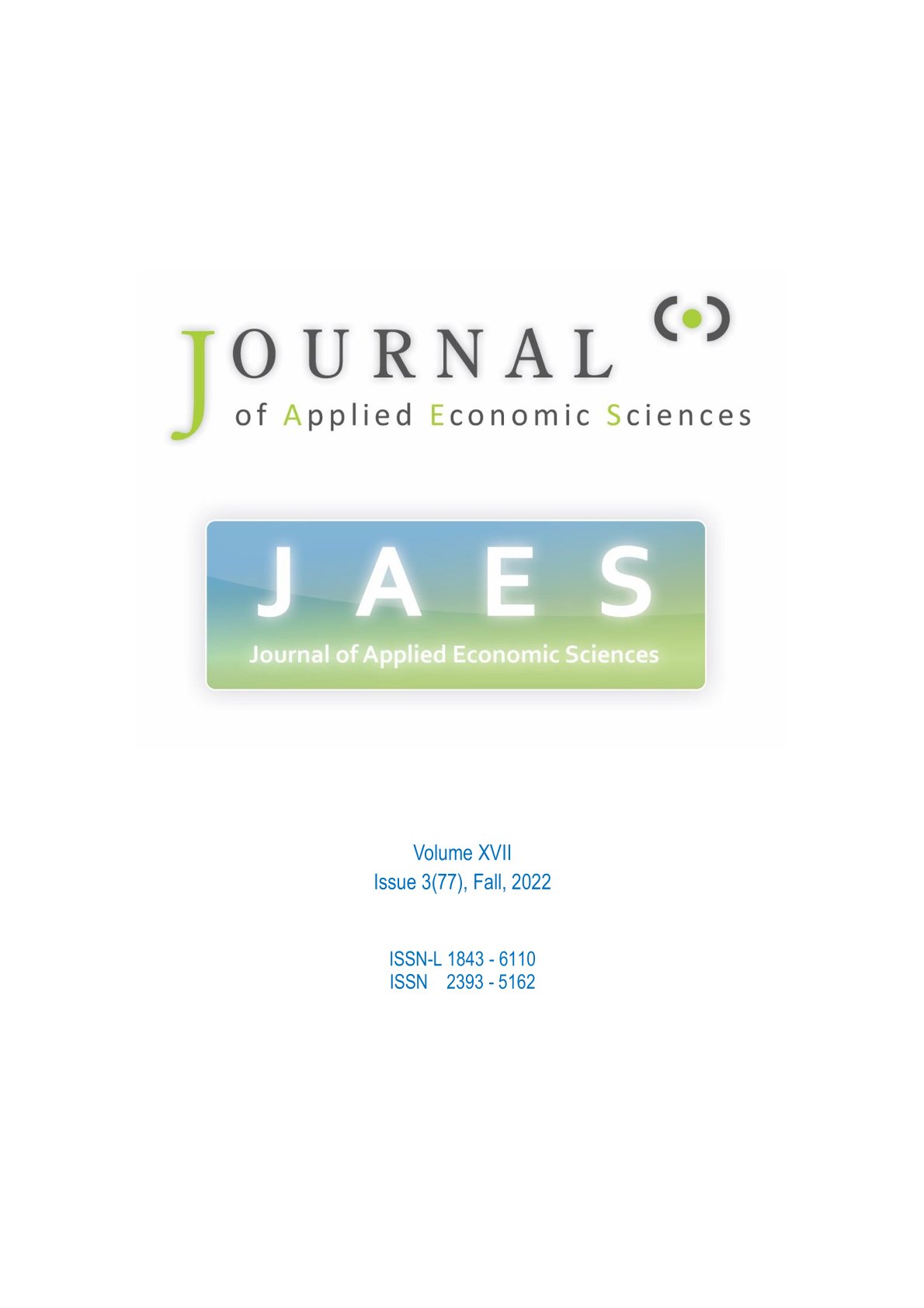Analysis of the Structure of Various Components for Gross Fixed Capital Formation. Comparative Study Case for Poland and Other Selected European Countries
Analysis of the Structure of Various Components for Gross Fixed Capital Formation. Comparative Study Case for Poland and Other Selected European Countries
Author(s): Izabela SzlaskaSubject(s): Economy, National Economy, Business Economy / Management, Micro-Economics, Economic development, Accounting - Business Administration
Published by: ASERS Publishing
Keywords: national accounts; gross fixed capital formation; investment outlays; production;
Summary/Abstract: Considering the literature which demonstrates the high importance of investment in creating a competitive advantage for the economy and economic growth, an analysis was made of the structure of some elements of gross fixed capital formation in the Polish economy and few selected European countries. This made it possible to identify the situation of the Polish economy over the years in terms of the structure of investment, and to attempt in answering to the question of whether the rate of accumulation of fixed capital in Poland is sufficient to close, or reduce the distance of development in relation to highly developed countries. In Poland, the leader among the sectors which absorb the largest percentage of investments remains expenditures with construction assets, and the smallest expenditure with intellectual property products. Poland is one of the countries with high GDP growth over the years. However, along with GDP growth, a decreasing trend can be seen in the sphere of investment expenditures, which does not allow for the reduction of the development gap. The methods used include an analysis of the literature, data contained in statistical databases (GUS and Eurostat) and specialized reports (PARP). The period of analysis covers the years 2004-2020 due to the fact that Poland's accession to the European Union took place in 2004, which allows for accurate international comparisons.
Journal: Journal of Applied Economic Sciences (JAES)
- Issue Year: XVII/2022
- Issue No: 77
- Page Range: 273-281
- Page Count: 9
- Language: English

